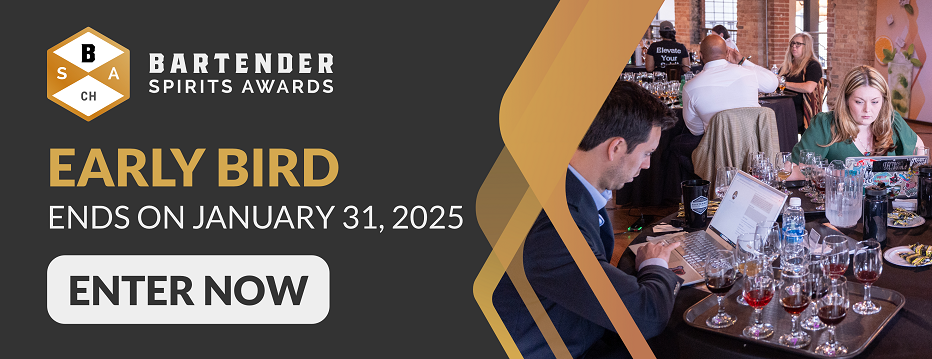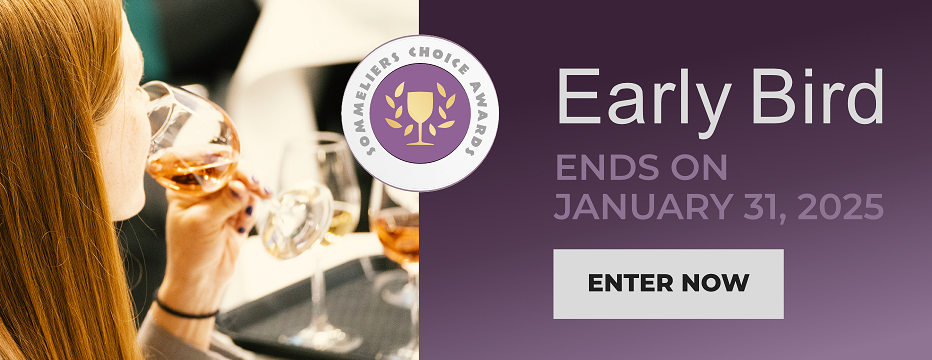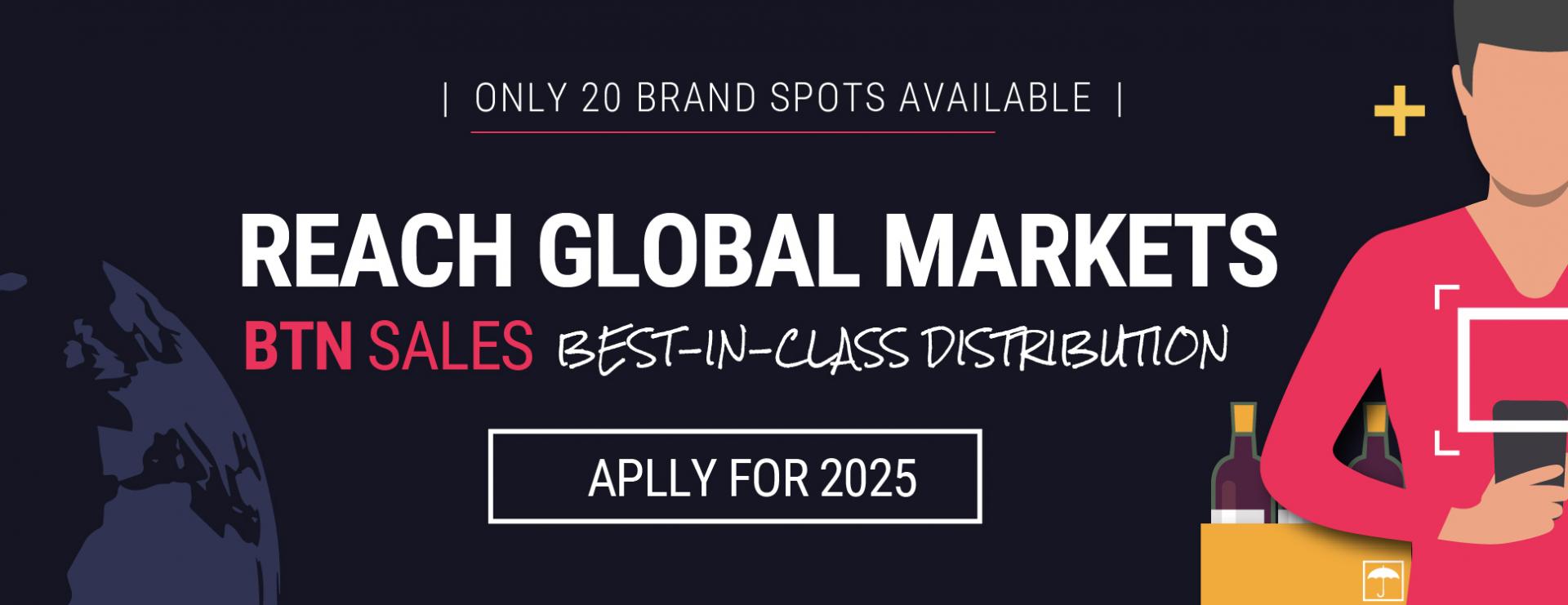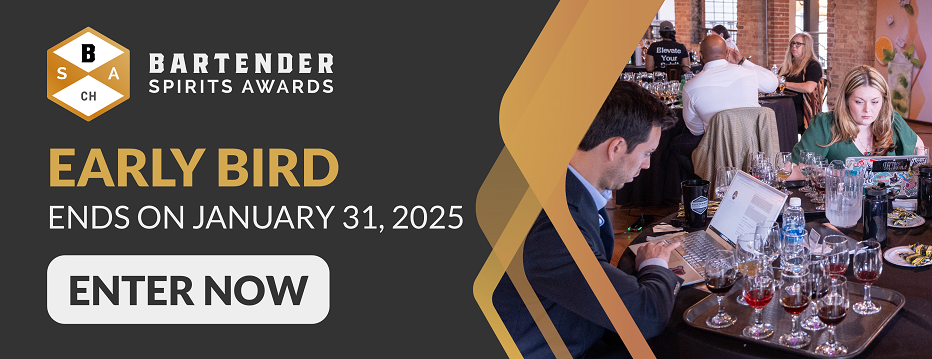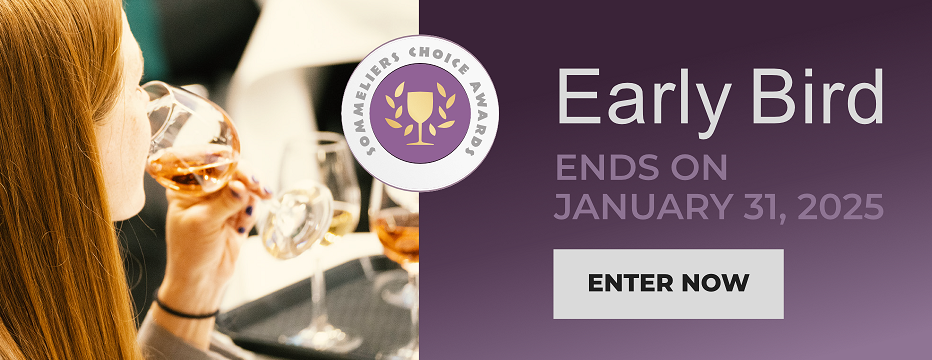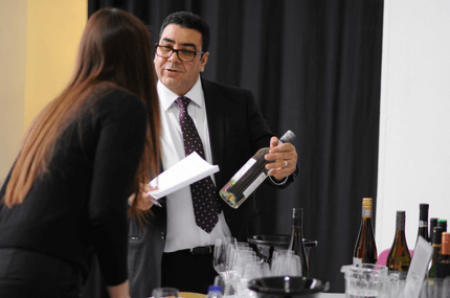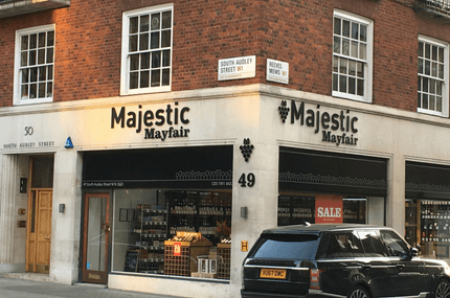Sommeliers Choice Awards 2024 Winners
Optimizing Your Revenues By Selling Bulk and Private Label Spirits
There are tremendous opportunities available in the market, driven by increasing demand the growing premiumization of product offerings.
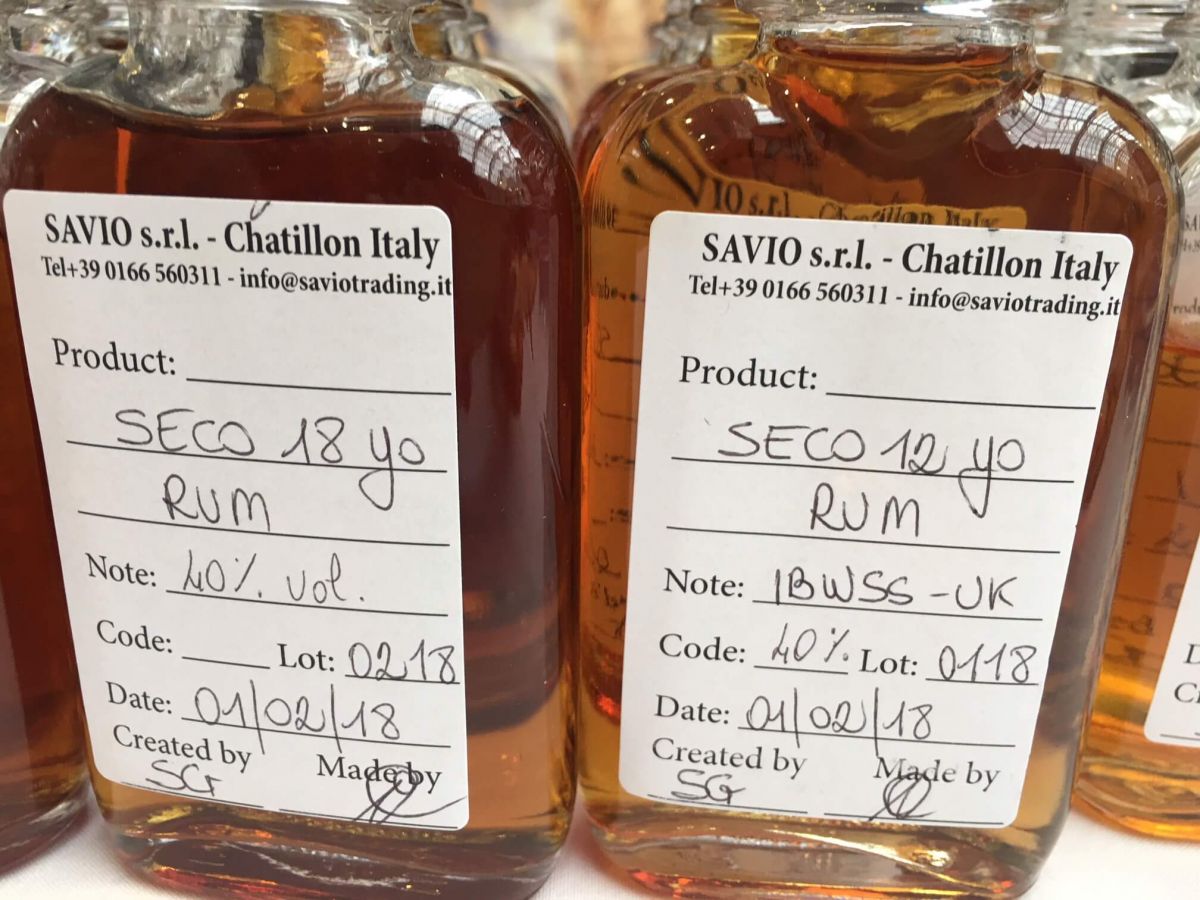
At the July 2017 International Bulk Wine & Spirits Show (IBWSS) in San Francisco, Earl Hewlette, CEO of Terressentia Corporation, discussed the major issues and themes faced by any company thinking about getting involved in the bulk and private label markets. As he notes, there are tremendous opportunities available in the market, driven by increasing demand of the growing premiumization of product offerings.
Getting involved in the bulk spirits market
In terms of getting involved in the bulk spirits market, Hewlette first discussed the challenges and opportunities in the marketplace today, both domestically and internationally. According to Hewlette, there is a significant demand out there for bulk spirits, you just have to be able to make the case to the customer why they should turn to you as a bulk supplier.
Hewlette focused on five key customer benefits that should be the core of your bulk spirits selling proposition:
1. Shorter production time
2. Scalability
3. Ability for the client to control the end product so it matches other offerings
4. Growth opportunities
5. Ability to choose between the short-term and long-term contracts
A major consideration here is the emphasis on potential growth. By getting into bulk spirits, customers have a way to scale into new product categories without sacrificing quality. Since they have the option to choose between delivery of base or mature spirits, they have the ability to control the final blend as well as final quality.
Getting involved in the private label spirits market
Beyond bulk spirits, another valuable opportunity is in the private label spirits market. These are spirits that are produced, bottled and labeled for exclusive use by the customer, usually an off-premises retailer. These retailers can run the gamut, from grocery stores to liquor chains and mass merchandisers like Costco.
The key, says Hewlette, is to have one single distributor for all of these potential retailers. That will reduce the complexity of any logistics and open the way for you to optimize your revenue by selling private label spirits. He also notes that it’s best to focus on the largest retail chains that will make distribution life easier. For example, it’s better to focus on a liquor chain with 100 different locations within a specific state rather than 100 smaller liquor stores with just 1-2 locations each.
As with the bulk spirits market, it’s important to clearly state the benefits to any retailer for having a private label spirits brand. As Hewlette notes, by far the biggest benefit is the ability to control margins. It’s the “margin difference” between what retailers can make with a national brand and what they can make with a private label brand that is so attractive.
Intuitively, says Hewlette, this should make sense. For one, with private label brands, retail stores are in control of how much they are willing to pay, and what kinds of margins they can generate. With national brands, they are dealing with one large distributor and there is a very little room to negotiate. As a result, margins can rise from 4-5% to 20% by embracing private label brands.
Secondly, national brands have to price in marketing dollars spent. In many cases, national brands will spend anywhere from 20-25% on marketing dollars, and that naturally raises the price of those offerings to the final retailer (and end consumer). For private label spirits brands, the marketing is handled internally by the retailer, and there are often economies of scale if the retailer can spread those marketing costs over a portfolio of products.
Private label strategies
In his presentation, Hewlette also reviews some of the strategic considerations of why retailers (or other clients) are embracing private label brands, beyond just higher margins. For example, there are four reasons why a client might consider a private label spirits strategy:
1. They are looking for a “me too” brand to compete with a category leader
2. They are looking for something unique that will be exclusive to them
3. They are looking to generate store traffic
4. They are looking for a product with a built-in brand story
This last point, says Hewlette, is becoming increasingly salient in today’s market environment, which is seeing the premiumization of private label. One way to charge a premium-level price is to have a very compelling brand story.
As an example, of how important these brand stories are, Hewlette shared a few stories of how his company – Terressentia – has worked to create a brand story for potential clients. Since his company focuses on bourbon whiskey, Hewlette often spends time researching the history of bourbon in America to find unique characters, names or events that can be combined into a compelling story. In one case, he created the brand name “Winchester” for a line of bourbon, based on the name of the town of Winchester, Kentucky.
Steps involved in bringing a private label spirits brand to market
Hewlette notes that there are a number of steps involved in bringing a private label spirits brand to market. For example, he cites the following 7 steps as being important in any new launch:
1. Understand the client’s strategy and motivation
2. Agree on the product and flavor profile
3. Trademark the name
4. Come up with the right package design and bottle
5. Confirm pricing
6. Get any regulatory approvals required
7. Confirm any distribution arrangements
The big step, of course, is getting the customer buy-in for creating a new private label brand. It’s best to focus on the higher margins available, as well as the ability to offer an exclusive product that nobody else can offer. You can also focus on the flexibility that such an arrangement offers a retailer or on-premise establishment.
Creating a final go to market strategy
Putting it all together, Hewlette advises companies to manage expectations from the outset. It’s important to understand all the factors and challenges available, and also to focus on creating the right logistical efficiencies – such as focusing on a minimum number of stores in each state to make the strategy viable.
The good news is that there are plenty of opportunities in the bulk and private label market, both domestically and internationally. Demand is growing for both bulk spirits and private labels, and with the new trend toward premiumization, so are the profit opportunities!

